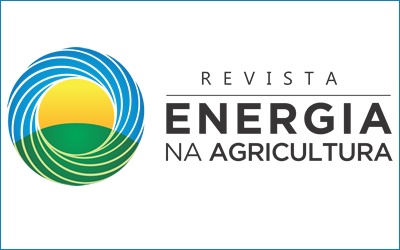SOIL STRUCTURAL VARIABILITY ANALYSIS USING GEOSTATISTICS IN FORAGE SORGHUM CULTIVATION
DOI:
https://doi.org/10.17224/EnergAgric.2023v38n3p68-74Abstract
Understanding the functionality of soil physical attributes is necessary to provide appropriate management for cultivation. Thus, the present study aimed to evaluate different geospatial interpolators for the spatialization of soil physical attributes in an area cultivated with sorghum (Sorghum bicolor). The experiment was carried out at IFCE - Campus Iguatu, in a soil of textural class “Franco Arenosa”. 56 sample points were collected in a regular 15.5 m mesh in 1.2 ha, and soil density (SD), particle density (PD) and total soil porosity (TDP) were inferred. The algorithms were evaluated by calculating the root mean squared error (RMSE), to recommend the best algorithm for each physical attribute of the soil, being the IDW (Inverse Distance Weighting) most recommended for DS, the TIN (Triangulated Irregular Network) for DP and the Ordinary Kriging for PTS. Through geostatistics it is possible to visualize areas in need of management, applying a practice to the soil to improve its structure at a certain critical point in order to have a good production, enabling a soil suitable for cultivation.
Published
How to Cite
Issue
Section
License
Copyright (c) 2024 ENERGY IN AGRICULTURE

This work is licensed under a Creative Commons Attribution-NonCommercial-NoDerivatives 4.0 International License.
Esta revista proporciona acesso publico a todo seu conteúdo, seguindo o princípio que tornar gratuito o acesso a pesquisas gera um maior intercâmbio global de conhecimento. Tal acesso está associado a um crescimento da leitura e citação do trabalho de um autor. Para maiores informações sobre esta abordagem, visite Public Knowledge Project, projeto que desenvolveu este sistema para melhorar a qualidade acadêmica e pública da pesquisa, distribuindo o OJS assim como outros software de apoio ao sistema de publicação de acesso público a fontes acadêmicas.





